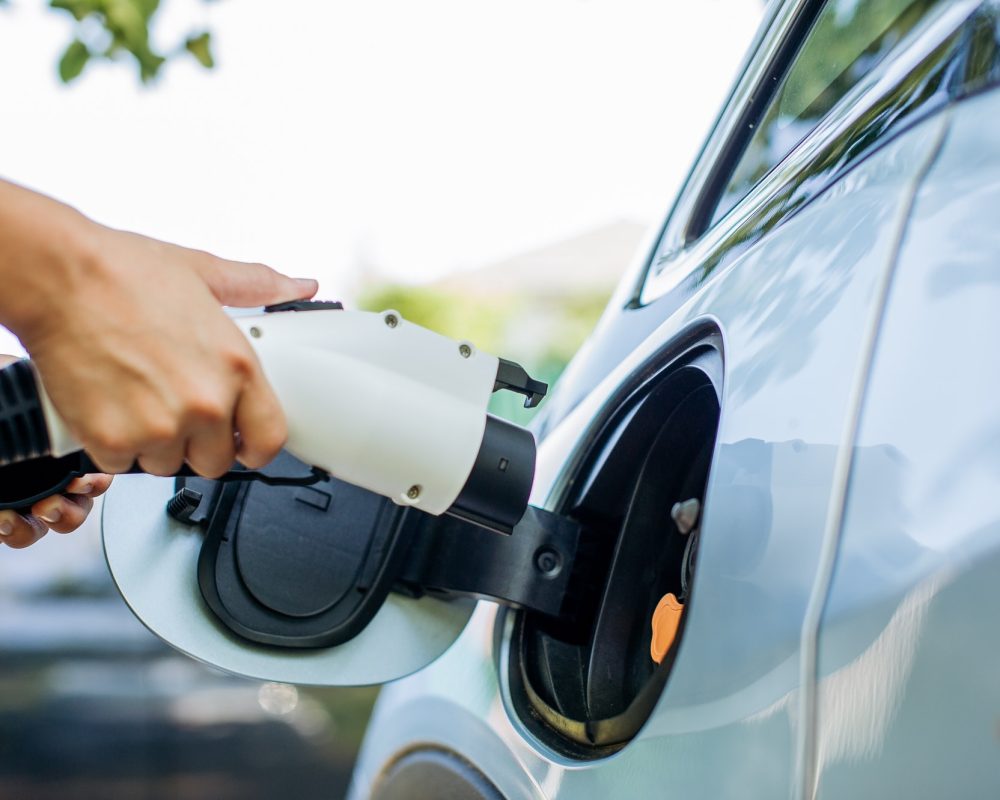What is Internal Combustion Engine?
An internal combustion engine (ICE) is a type of heat engine that uses the combustion of fuel and air to generate power. IC engine works by compressing a mixture of fuel and air in a combustion chamber, igniting it with a spark, and then allowing the expanding gases to push a piston or rotor, which then produces rotational power.
The internal combustion engine is widely used in vehicles, such as cars, trucks, buses, and motorcycles, as well as in many other applications, such as generators, pumps, and lawn mowers. The most common types of internal combustion engines are the gasoline engine and the diesel engine, which differ in the way fuel is ignited and burned.
Internal combustion engines are often classified according to their number of cylinders, valve configuration, and fuel injection system. They can be designed as two-stroke or four-stroke engines, and they use various technologies to improve efficiency and reduce emissions, such as turbocharging, variable valve timing, and direct fuel injection. Despite advances in alternative powertrain technologies, the internal combustion engine remains a dominant technology for transportation and power generation in many parts of the world.
What is Electric Vehicle?
An electric vehicle (EV) is a vehicle that is powered by an electric motor, using energy stored in rechargeable batteries. EVs use electricity to power an electric motor that drives the wheels. As EVs don’t use traditional internal combustion engine (ICE), they don’t produce emissions from a tailpipe.
Electric vehicles can be classified into two main types: battery electric vehicles (BEVs) and plug-in hybrid electric vehicles (PHEVs). BEVs are powered entirely by electricity and do not have a gasoline engine. They rely solely on a large battery pack to power the vehicle’s electric motor. PHEVs, on the other hand, have both an electric motor and a gasoline engine. PHEVs can operate in electric-only mode, drawing power from the battery, but they also have a gasoline engine that can be used to extend the vehicle’s range.
Difference Between IC & eV
The main difference between an electric vehicle (EV) and an internal combustion engine vehicle (ICEV) is their source of power. An EV is powered by an electric motor that is run by electricity stored in a battery, while an ICEV is powered by a gasoline or diesel-fuelled internal combustion engine.
Here are some key differences between the two types of vehicles:
- Power Source: EVs are powered by electricity stored in a battery, while ICEVs are powered by gasoline or diesel fuel.
- Fuel efficiency: EVs are more fuel efficient than ICEVs. They convert a higher percentage of the energy stored in their batteries to power the vehicle, while ICEVs waste energy in the form of heat.
- Environmental impact: EVs produce zero emissions, while ICEVs produce emissions from the combustion of gasoline or diesel fuel, which contribute to air pollution and climate change.
Maintenance: EVs have fewer moving parts than ICEVs, which means they require less maintenance and have lower maintenance costs over time. - Driving experience: EVs tend to have quicker acceleration and smoother operation than ICEVs due to the instantaneous torque of electric motors.
- Range: The range of an EV depends on the size of its battery and can vary from around 100 miles to over 300 miles on a single charge. ICEVs typically have longer ranges, but they require frequent refueling.
Advantages Of eV over IC:
- Zero tailpipe emissions, which reduce air pollution and greenhouse gas emissions.
- Lower fuel costs, as electricity is generally cheaper than gasoline or diesel.
- Quieter operation, with less noise and vibration compared to ICEVs.
- Potential for lower maintenance costs, due to fewer moving parts in the electric drivetrain.
However, EVs also have some disadvantages, including higher upfront costs due to the cost of battery technology and limited range, although the range is increasing as battery technology improves.


